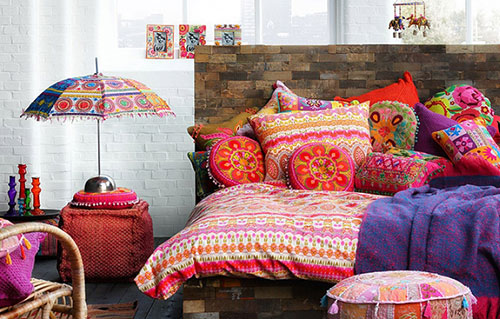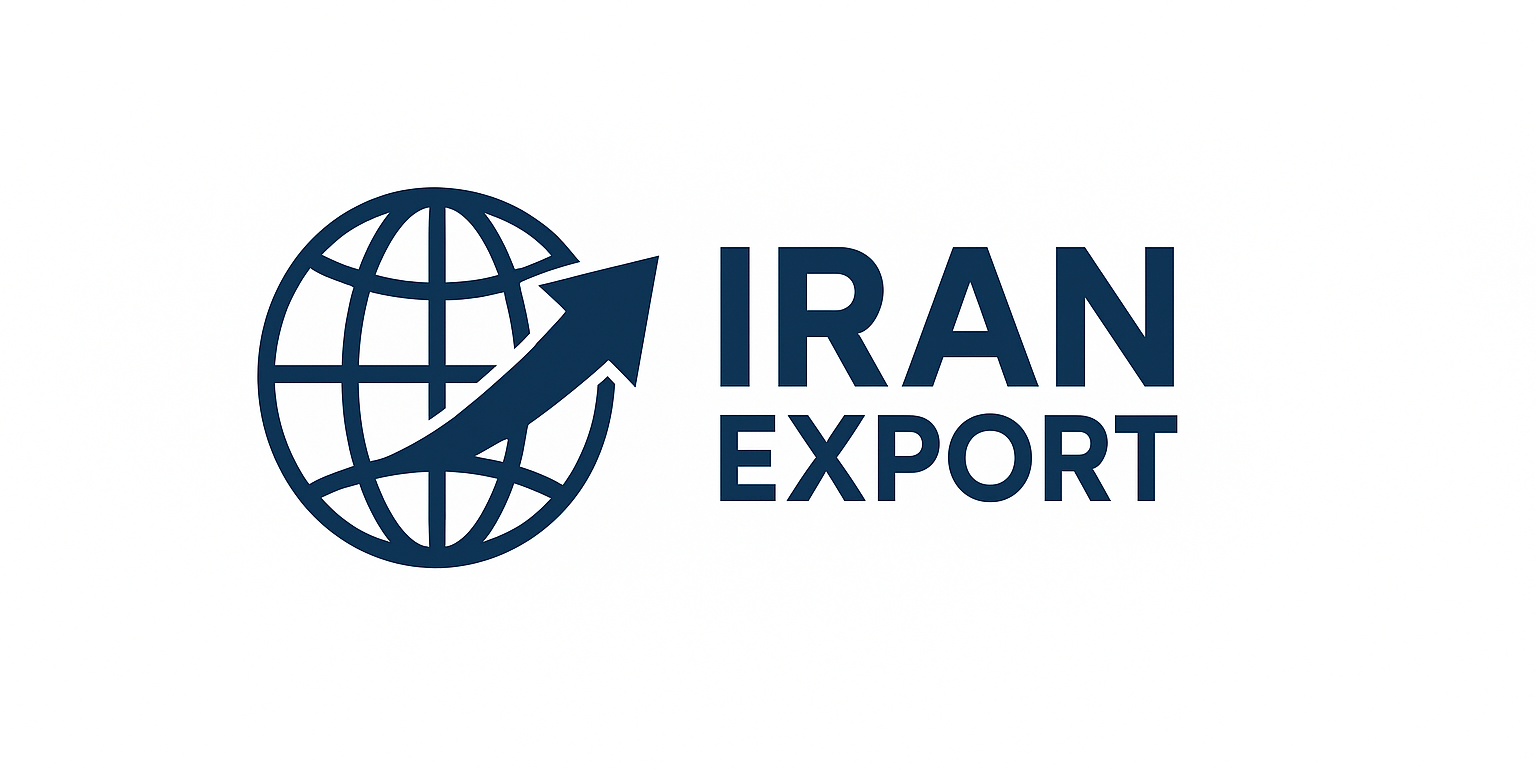
Iranian Home Textiles: From Curtains and Tablecloths to Bed Sheets and Towels
Introduction
The global home textile market is one of the fastest-growing segments in the textile industry, driven by rising consumer demand for comfort, style, and sustainability. Among the emerging players, Iranian home textiles are gaining recognition for their unique blend of tradition, quality, and competitive pricing. From intricately woven curtains and tablecloths to high-quality bed sheets and towels, Iran’s textile sector offers a diverse range of products that cater to international tastes. This article explores Iran’s role in the global home textile market, highlighting the strengths, opportunities, and innovations that make its products attractive to buyers worldwide.
The Legacy of Iranian Textiles
Iran’s textile history dates back thousands of years. Persian artisans were historically renowned for their mastery in weaving, dyeing, and embroidery. This cultural heritage remains visible today in the patterns, motifs, and craftsmanship found in modern Iranian home textiles. Traditional techniques are often combined with modern manufacturing processes, creating products that stand out for their authenticity and durability.
Key Segments of Iranian Home Textiles
1. Curtains
Iranian curtains are valued for both their aesthetic appeal and functional qualities. They often feature rich designs inspired by Persian art, floral motifs, and geometric patterns. Alongside traditional styles, modern minimalist curtains are also produced to meet global market demands. High-quality fabrics such as velvet, jacquard, and cotton blends make these curtains both durable and elegant.
2. Tablecloths
The Persian sofreh (traditional tablecloth) has evolved into a globally marketable product. Iranian tablecloths often incorporate embroidery, block printing, or woven designs that reflect centuries of artistry. Today, machine-made and eco-friendly fabrics are widely used, offering affordable yet stylish options for households and hospitality businesses worldwide.
3. Bed Sheets
The Iranian bed linen industry has advanced significantly, producing cotton, satin, and polyester blends with high thread counts that ensure comfort and durability. Export-oriented manufacturers are increasingly adopting OEKO-TEX® and ISO certifications, which guarantee international quality standards. Colorfastness, softness, and affordability make Iranian bed sheets competitive in both mass and premium markets.
4. Towels
Iranian towels, made from high-quality cotton, are known for their absorbency and softness. From bath towels and hand towels to beach and spa sets, the product range is diverse. Many companies focus on eco-friendly dyeing and sustainable water usage, aligning with global consumer preferences for responsible production.
Competitive Advantages of Iranian Home Textiles
-
Rich Design Heritage – Persian motifs and patterns give Iranian textiles a unique cultural edge.
-
Quality Raw Materials – Access to domestically produced cotton and synthetic fibers supports cost-effective manufacturing.
-
Competitive Pricing – Lower production costs allow Iranian products to enter markets at affordable prices without compromising quality.
-
Skilled Workforce – A long tradition of craftsmanship combined with modern training ensures high-quality output.
-
Growing Export Networks – Iran exports home textiles to the Middle East, Central Asia, Europe, and is expanding into North America and Africa.
Opportunities in the Global Market
The global home textile market is projected to exceed USD 170 billion by 2030, with rising demand for sustainable, customizable, and stylish products. Iran’s home textile sector is well-positioned to benefit from this trend through:
-
Eco-Friendly Products: Adoption of organic cotton, natural dyes, and sustainable production practices.
-
E-Commerce Expansion: Online platforms and B2B marketplaces make Iranian textiles more accessible to international buyers.
-
Hospitality & Tourism Industry: Hotels, resorts, and restaurants around the world require bulk purchases of bed sheets, towels, and tablecloths—an opportunity for Iranian manufacturers.
-
Customization Services: Offering made-to-order designs to meet cultural and regional preferences enhances competitiveness.
Challenges and Pathways Forward
While Iran has strong potential, it also faces challenges such as trade barriers, limited branding, and the need for wider international certifications. To fully integrate into global supply chains, Iranian companies should focus on:
-
Strengthening Brand Identity – Promoting the “Made in Iran” label as a symbol of quality and tradition.
-
Certifications & Compliance – Expanding the use of internationally recognized standards.
-
Innovation in Design – Combining Persian heritage with contemporary global trends to appeal to diverse consumers.
-
Digital Marketing – Leveraging SEO, social media, and online marketplaces to connect directly with buyers worldwide.
Conclusion
Iranian home textiles—from elegant curtains and decorative tablecloths to luxurious bed sheets and absorbent towels—are making their mark in international markets. By blending cultural artistry with modern manufacturing, Iran offers products that are both stylish and practical. With growing emphasis on sustainability, quality, and competitive pricing, Iranian home textiles hold significant promise for global expansion. For importers, retailers, and consumers seeking unique yet affordable products, Iran’s textile industry presents an opportunity worth exploring.

